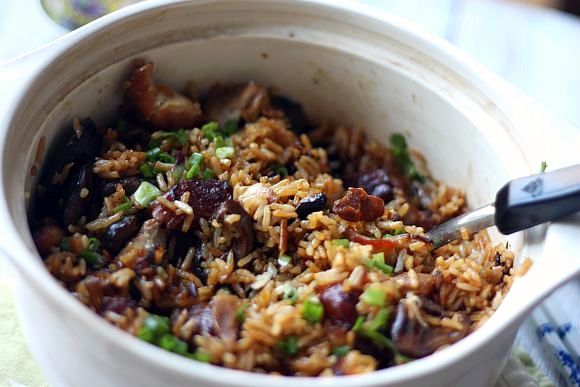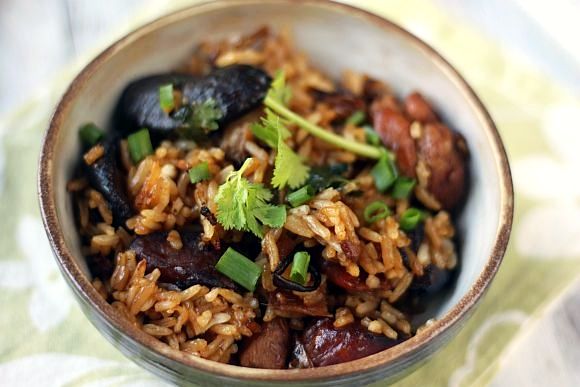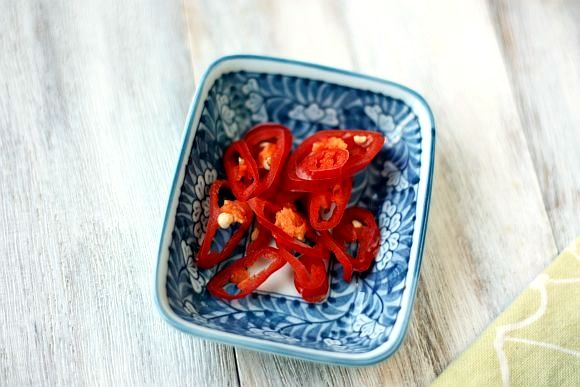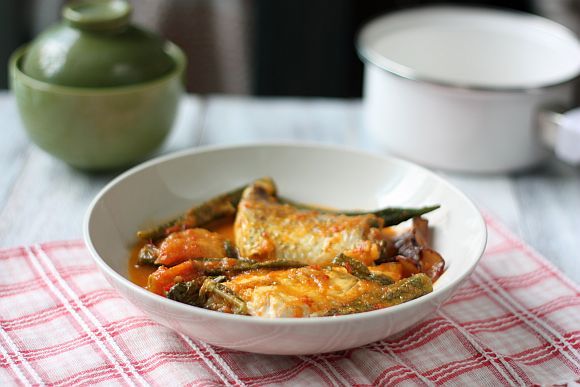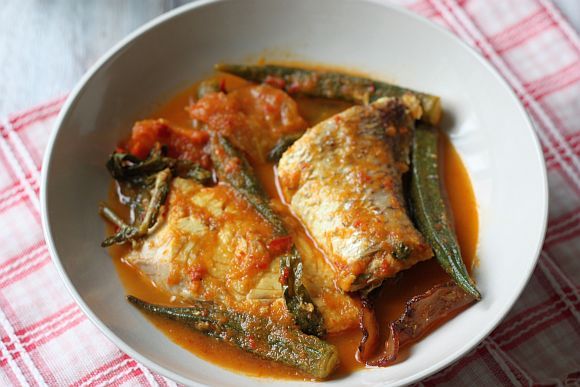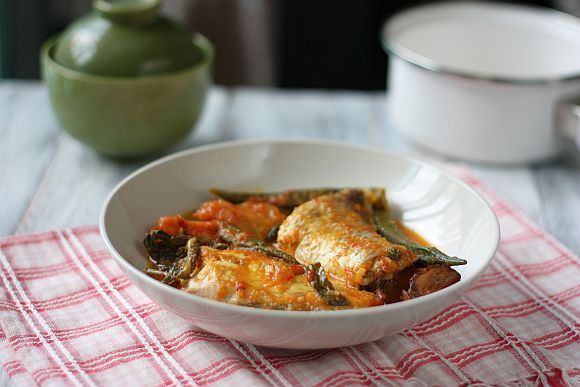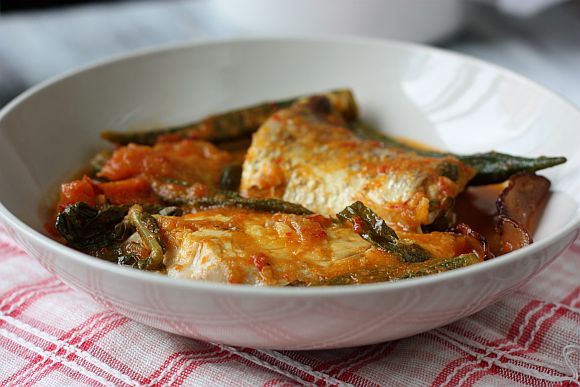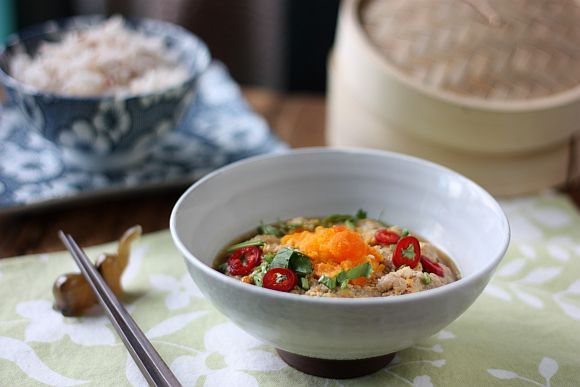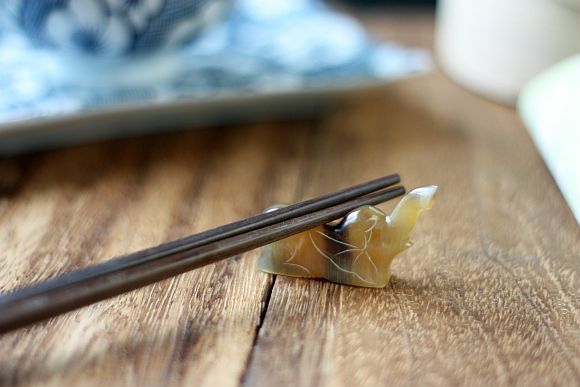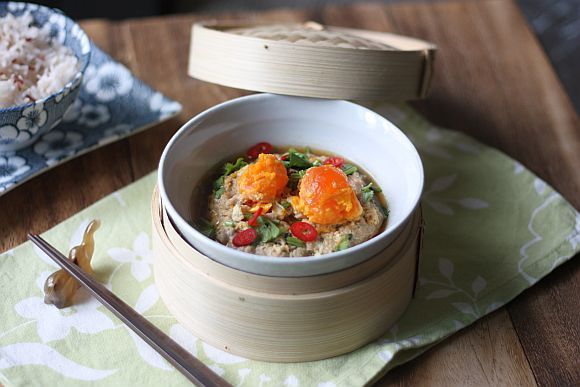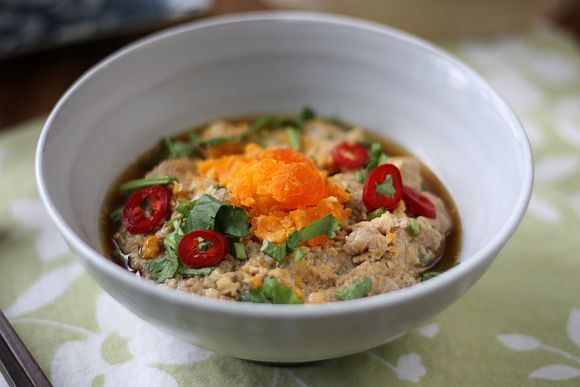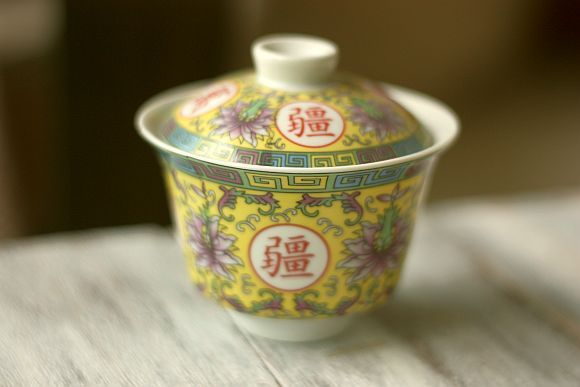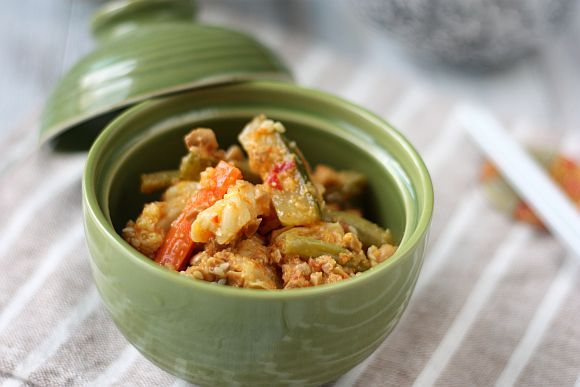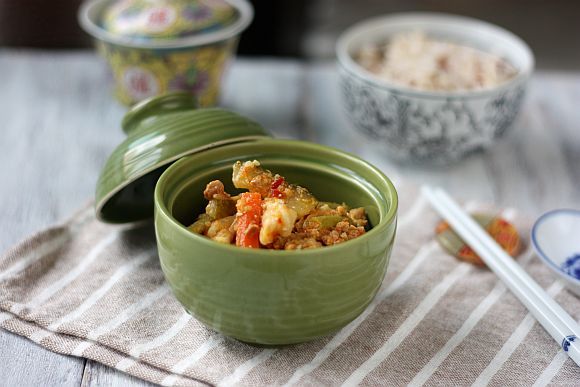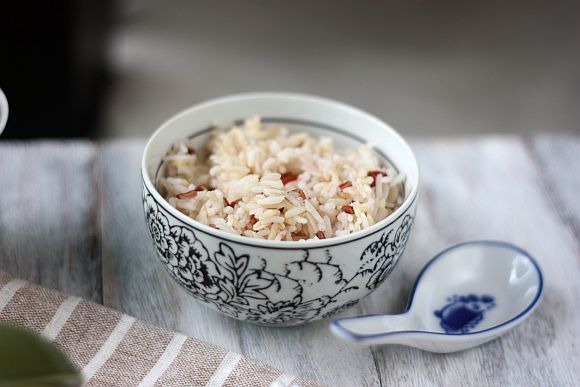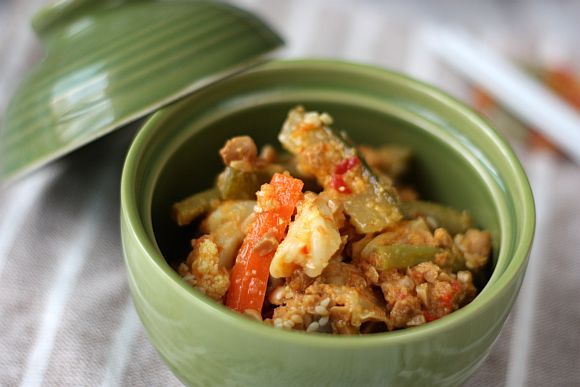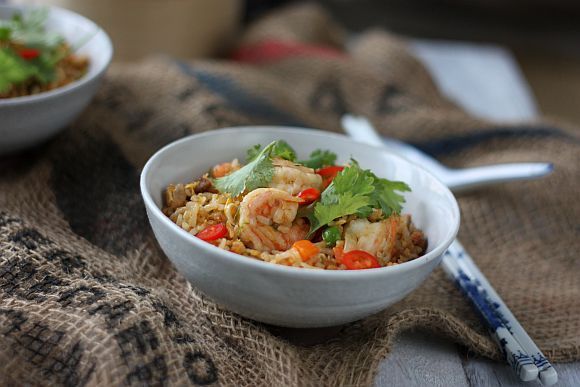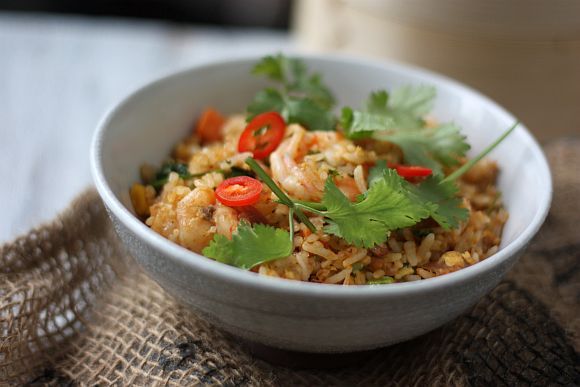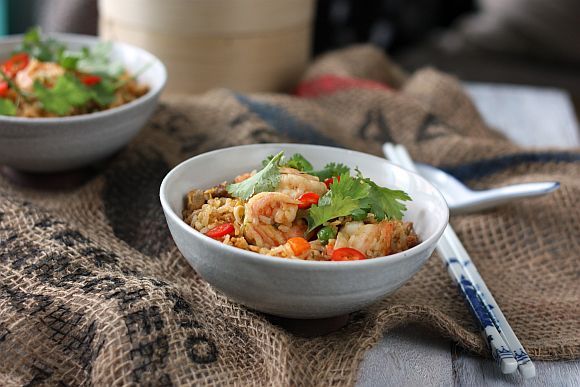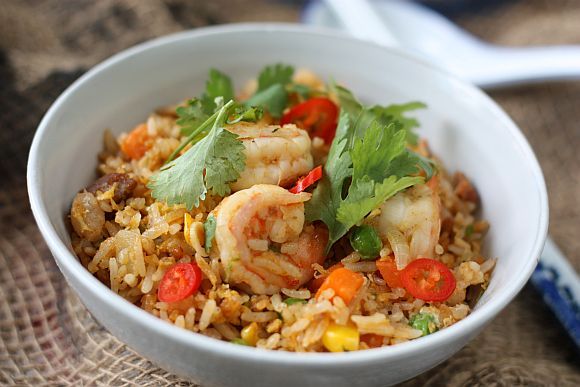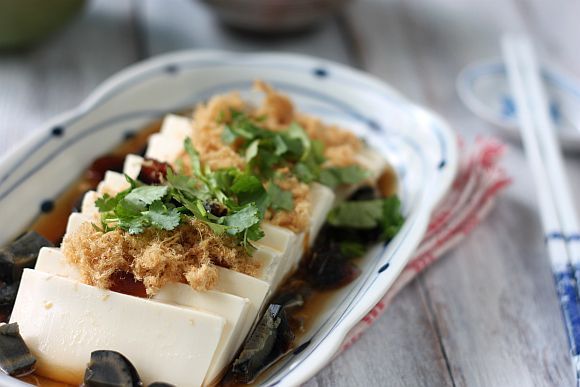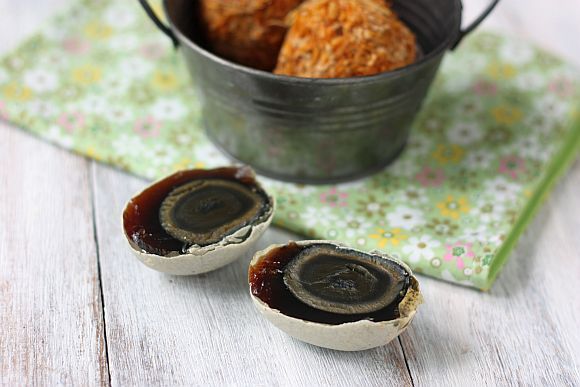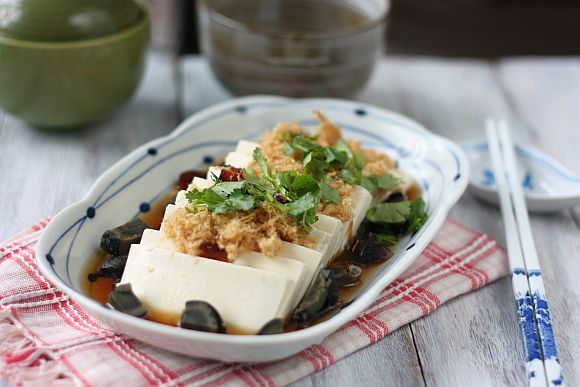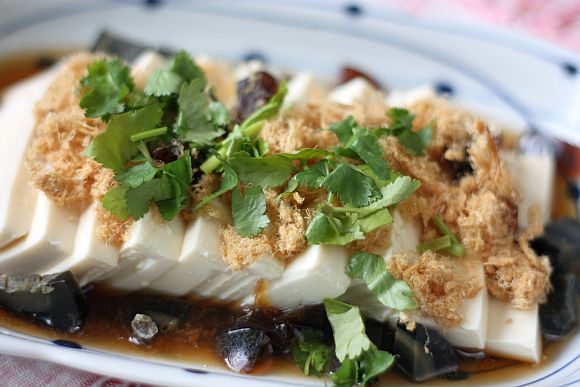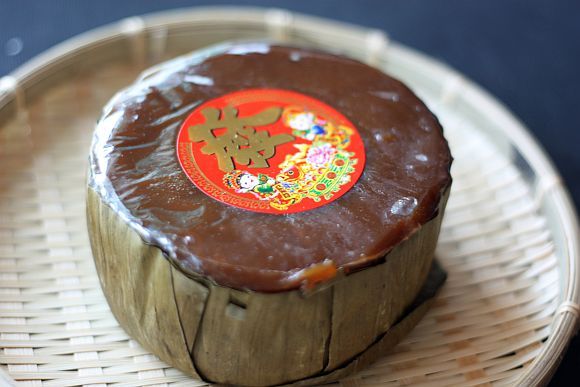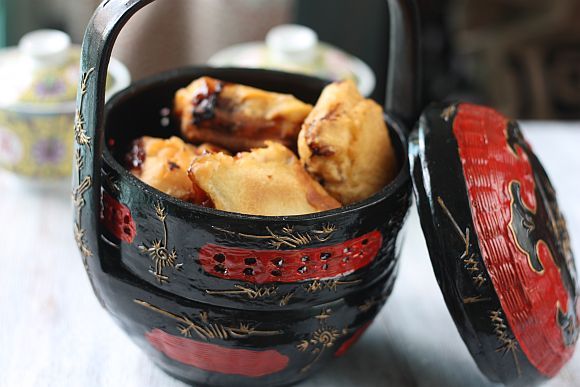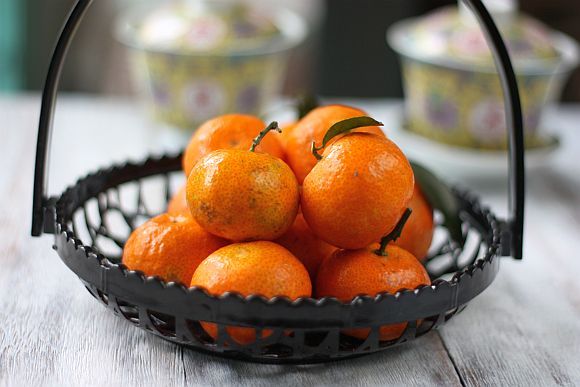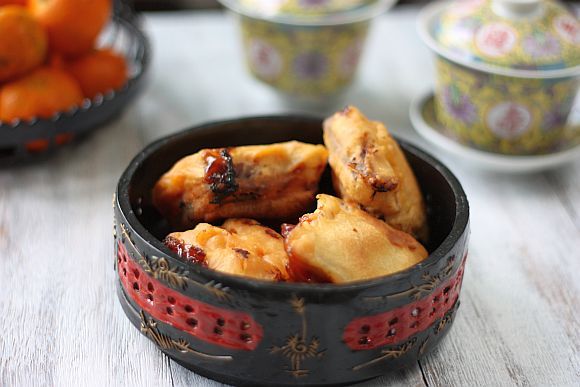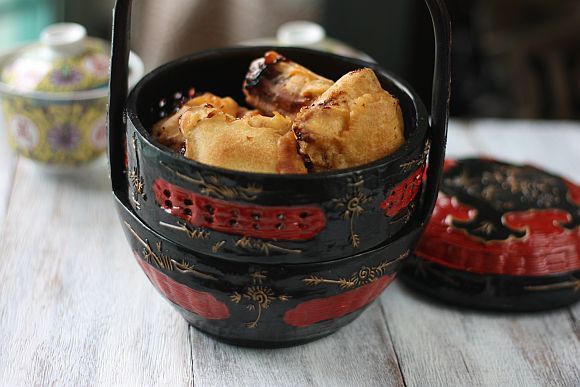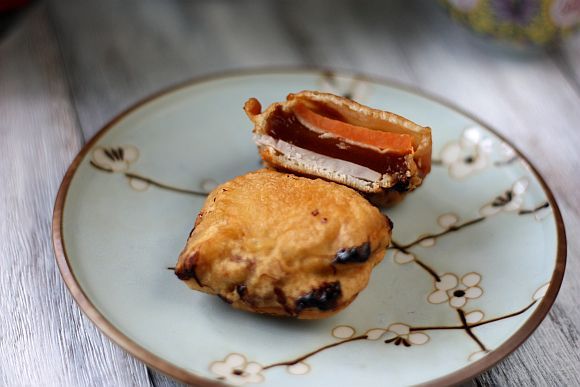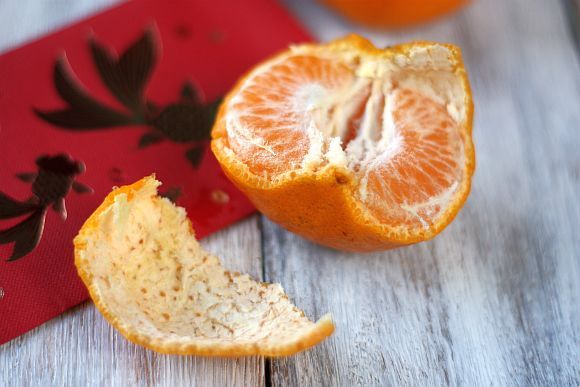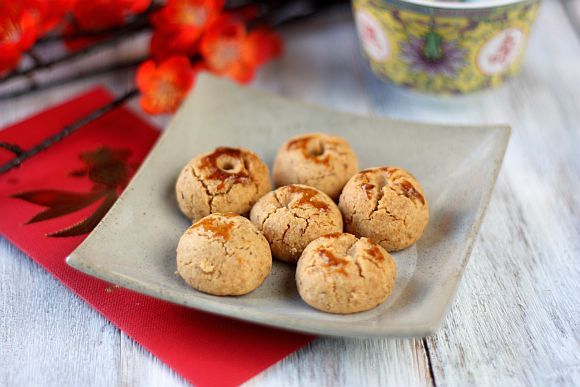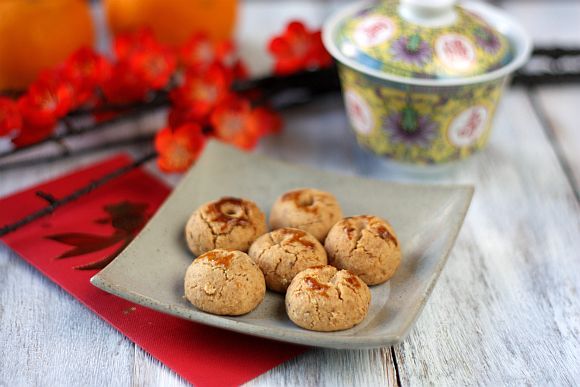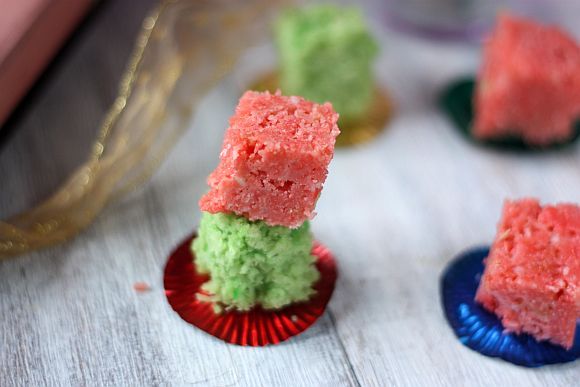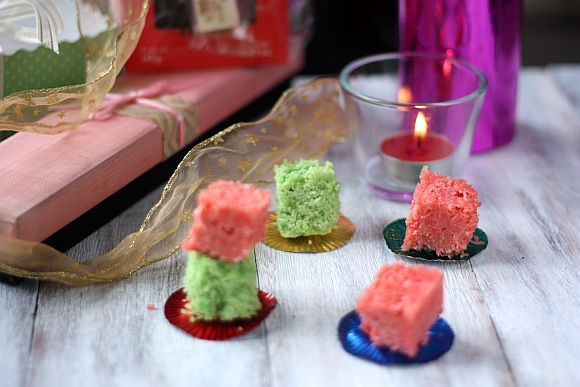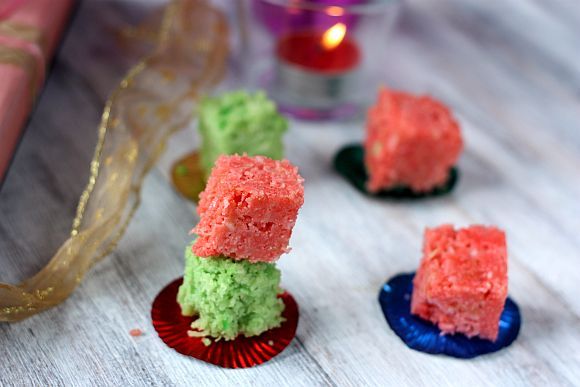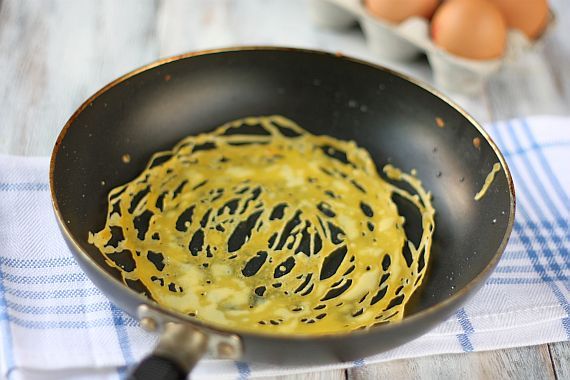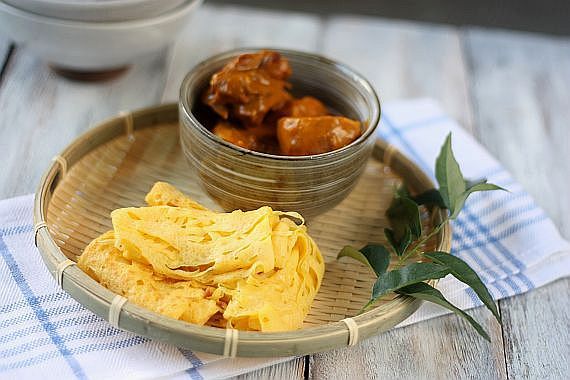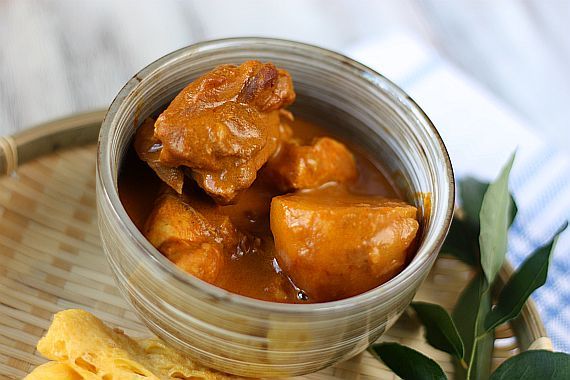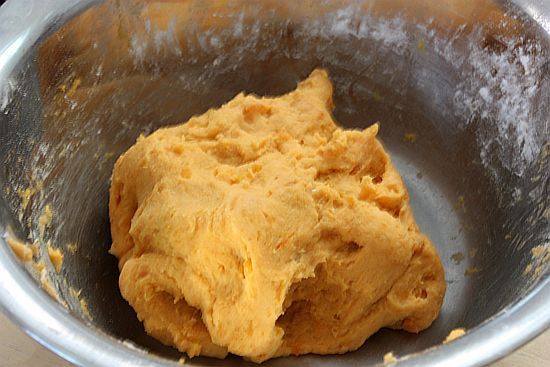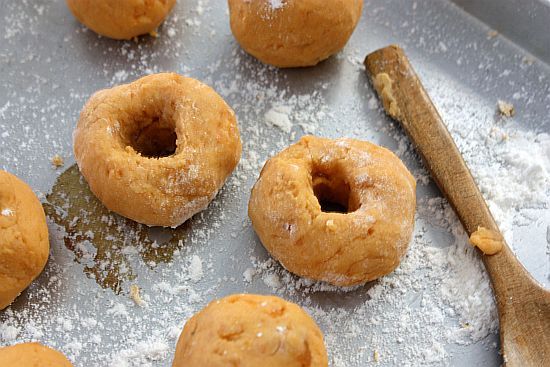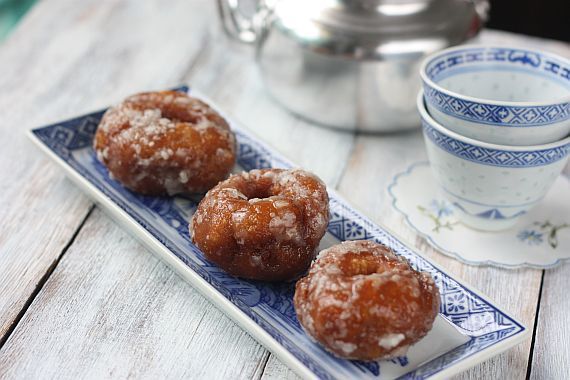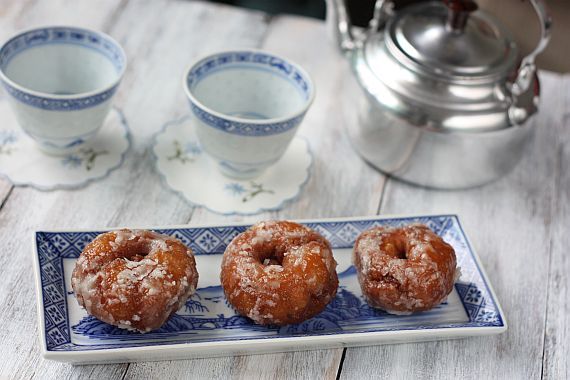Traditionally, the cooking is done over a charcoal stove, giving the dish a distinctive flavour. However if you don't have a claypot, no worries, just do the cooking in your rice cooker.
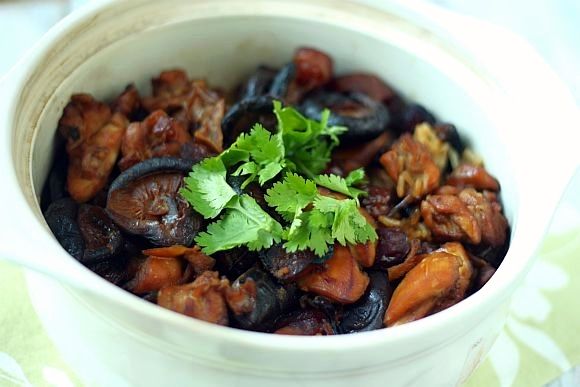
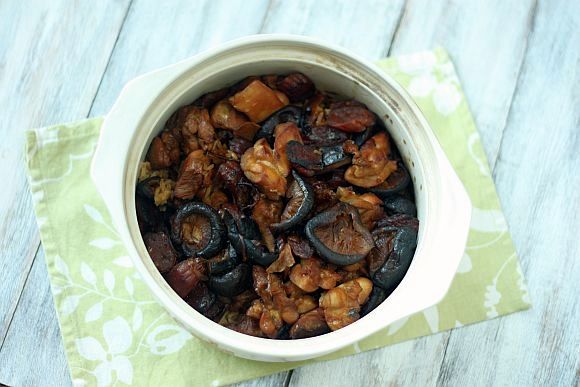
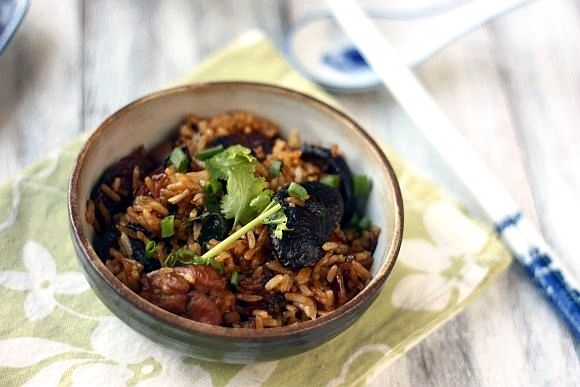
Claypot Chicken Rice
Recipe Adapted from Kuali
Serves 3 - 4
Ingredients:
500g (2 pieces) boneless chicken maryland
300g long grain rice
420ml water
Marinade for the Chicken:
1 tablepoon dark soy sauce
1 1/2 tablespoon oyster sauce
1/4 teaspoon ground white pepper
1 tablespoon ginger juice
1 tablespoon Chinese wine
1 teaspoon sugar
2 teaspoon sesame oil
1 teaspoon cornflour
1/2 teaspoon salt
Garnish:
1 Chinese sausage (lap cheong), sliced
5 pieces Chinese mushroom, soaked and cut in half
Chopped spring onions and coriander for garnishing
Method:
1) Cut chicken into chunks, about 1.5" pieces. Combine the marinade ingredients and allow chicken to marinate in it for 1 hour in the refrigerator.
2) Heat a wok and add 1 tablespoon of oil. Fry the Chinese sausage until lightly brown. Remove and set aside.
3) Add the marinated chicken and Chinese sausages into the wok and stir fry for about 2 minutes. Then add the mushroom and fry for another minute or two. If the ingredients look a bit dry and a little bit of water (ingredients should have a little bit of sauce). Add the Chinese sausage and mix.
4) Wash the rice in several changes of water and place into a claypot with 420ml water. Cook, covered, over medium heat, until water is almost absorbed.
5) Add the stir fried chicken over the rice. Drizzle 1 teaspoon of water over the meat/rice.
6) Lower the heat and cook, covered, until rice and chicken are cooked, about 15 to 20 minutes. Flake rice, cover lid and cook for further 5 minutes.
7) Remove from heat and top with spring onions and coriander. Serve immediately with sliced red chillies.
